Introduction
The Silk Road is an ancient trade route that runs from east to west throughout Eurasia. It was first established in China around 130 BCE during the Hang Dynasty. The Silk Road connects East Asia and Southeast Asia with South Asia, Persia, the Arabian Peninsula, East Africa and Southern Europe via land and maritime routes. Despite the fact that the Silk Road was not a single path that connects east and west. Ferdinand von Richthofen, a German geographer from the 19th century, had invented the name "Silk Roads" (Seidenstrassen) during a lecture in 1877. However, he understood that trans-Eurasian trade was a major trend.
The squares also describe the use of spices, musk, and tea, which suggest their significance. These goods traveled great distances when traded from one merchant to another. The growth of technologies (such as powder, paper or cotton production) had a significantly greater impact than silk. Ancient Rome valued Chinese silk, which led to the design of a trade route between East and West.
Sericulture, the method of growing silkworms and producing silk yarn, was first established in China in the third millennium BCE. The folk songs of the Zhou Dynasty regularly mentioned silk weaving and textiles.
Jade trade
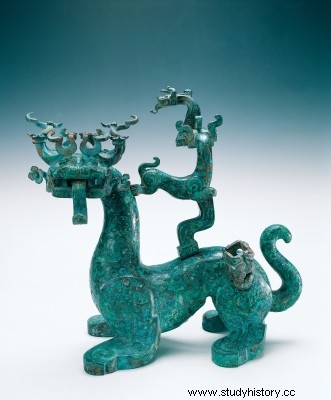
The Yuezhi Jade was claimed to be the most valuable currency in the state. Chinese communities in the Yellow and Yangzi River valleys have valued jade more than gold since history. The majority of the jade objects discovered in the tombs of their monarchs were produced in Khotan, a desert oasis on the border of the Takla Makan desert in present-day Xinjiang. The Silk Road was first used, from Khotan (Xinjiang) to eastern China, for jade as early as 5000 BCE. The term "Jade Road" would have been more appropriate than "Silk Road" had it not been for the much larger and geographically wider character of the silk trade; the term is in use in China.
The Silk Road serves as a symbol of cross-cultural trade. Along the Silk Roads, the relationship between great civilizations, the creation and fall of empires. These links were not static, and changed the fortunes of societies and empires. It is also widely believed that the route was one of the primary routes as plague bacteria that caused the Black Death pandemic.
From the east - initiation of the Silk Road
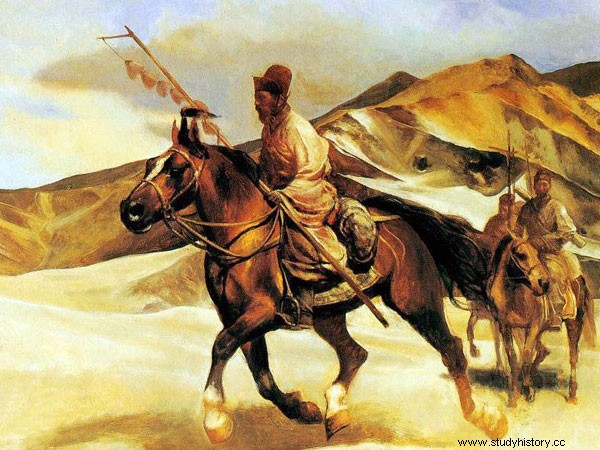
Seven agricultural states in what is now eastern China fought for supremacy in the fifth century. Three northern states, Qin, Zhao and Yan, had to deal with nomadic cavalry attacks as well as with each other. Xiongnu, another powerful nomadic association, lived east of the Yuezhi region further Mongolian grassland. They were constantly at war with neighboring states in China.
When Shihuangdi, the first emperor of the Qin dynasty, united the seven nation-states and formed the Qin empire in 221 BCE, Xiongnu (the nomads) posed a major threat to his imperial rule.
The rulers of Qin, and later Han, sent large quantities of silk textiles and dental floss to calm the nomads or to shop for horses. Some of the silks were state-produced products for presentation to the nobles of Xiongnu, but farm women produced many more common silk textiles.
Silk textiles were used to shed fur coats, and silk thread was used to put quilted cloth. The quilted material was not only warm but also very light, and it was used to make coats and trousers as well as bedding. The chiefs in the steppe wore fine silk clothes that made them look far more elegant than their subjects.
The importance of silk
The ruling elites, whether wandering or settling, and their thirst for rare objects from distant nations engaged in early international trade. Only unique and luxurious goods bought from abroad could separate the political elite from their subjects. The commander of the Xiongnu nomads mostly distributed Han silk robes to maintain the loyalty of his main followers and demonstrate the political hierarchy. On the steppe, silk became a symbol of authority and pride.
The route attracted a large number of foreign merchants to the gates of the Great Wall of China. Through the Jade Gate, an increasing number of goods, spices and fragrances, precious stones and woolen textiles of a large variety arrived in Chang'an, the capital. Along with the goods, this trade brought information about foreign climate, meals, clothing and currencies, and Chinese historians began collecting information about countries as far away as South Asia and the Mediterranean.
Silk fabrics were so common at home that every farming household paid a tax to the Han government on grain and silk. Men cultivated the land, while women cultivated mulberry trees for the leaves, which were used to feed silkworms. Silk fiber was obtained from cocoons, silk thread was spun and silk cloth was woven. Brocade, tapestries and embroidered silk cloth, which required delicate looms, high technical skills and a smart division of labor, were largely the products of huge state-controlled enterprises. Silk trade in nomads helped spread the word about these Chinese fabrics.
The emergence of the Silk Road
The idea of producing silk from a worm sounded incredible to most societies because most societies only understood how to produce textiles from animal hair or plants. The unique textile accompanied the west with the migration of the people. To meet the demand for luxury items at each end of the entire route, new cities for traders were established along these routes. Merchants often formed caravans. Caravan towns began to appear along the Silk Road's main routes from the beginning of the first century, during the reign of Han Emperor Wudi. Because the Han Court was so interested in the goods that came from the West, this powerful emperor made securing their security a top priority.
Trade with the western regions suffered during the chaotic period of royal transition from the former Han to the later Han, at the beginning of the Common Era. The new oasis states struggled for power at the same time. Tensions between the oases can potentially disrupt trade networks. The survival of Central Asian trade required a demand for Western goods in the Han cities, as well as an administration capable of maintaining order. In the middle of the first century, the Han court regained control of the western trade routes and launched many military missions to restore control of the areas in the western regions closest to China.
Many silk fabrics made in China, as well as some locally produced ones, have survived in local tombs in Central Asian oases due to the dry conditions. Some of these pieces date back to the Han Dynasty, and they vary in weight from light tabby and gauze - where the designs are created by weaving elevated patterns over the same color material - to the heaviest fabrics, such as brocades and embroidery.
Heavenly horses from the Han dynasty
The Han Court appreciated the attractive horses from the western part of the Central Asian steppe above all the foreign goods that were brought to the gate of the Great Wall of China. After centuries of relationship with nomads, settled kings had not only come to appreciate the benefits of cavalry in battle, but also cavalry culture as an economic asset.
Since then, China's soil has been deficient in selenium, causing muscle weakness and inhibiting growth in horses. As a result, Chinese horses were too weak to withstand the weight of a Chinese soldier. Nomads on the Eurasian steppes bred superior horses that the Chinese wanted. On the other hand, agricultural societies could only get nomads to demand goods, such as grain and silk. After the completion of the Great Wall of China, nomads gathered at the gates of the wall to trade. Soldiers stationed at the wall were often paid in silk, which nomads exchanged for grain. Furthermore, the Chinese continued to dominate the Silk Roads.
He conquered Central Asia. Nomadic traders moved products further west or south from there. Trade introduced new perceptions, ideas and things to places they had never been before.
Royal Road
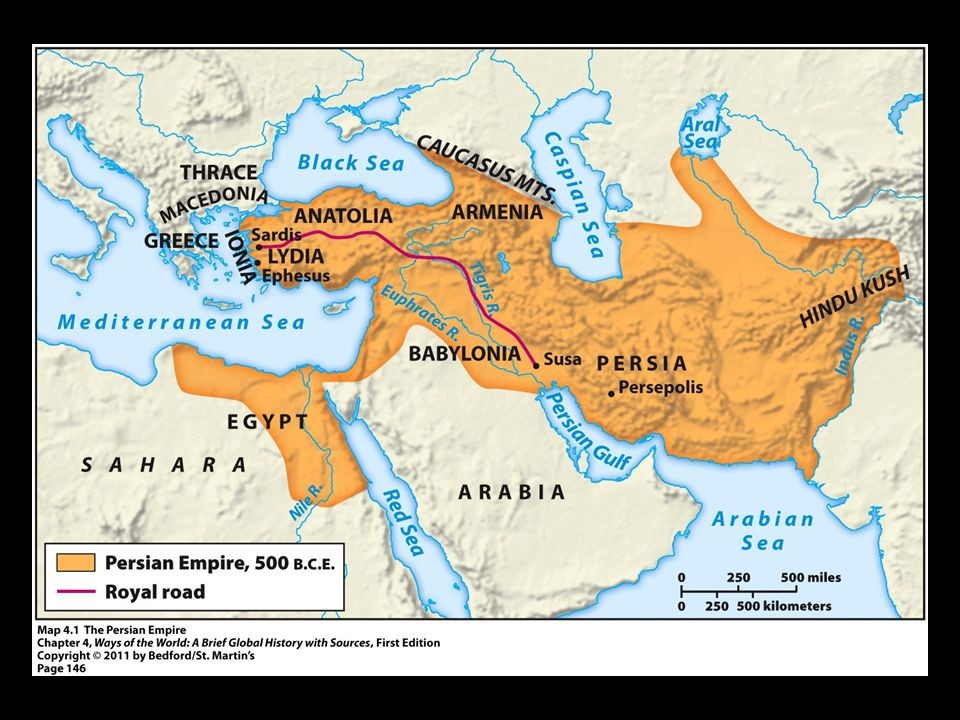
The Persian emperor, Darius I of the Achaemenid Empire, built The Royal Road, which ran more than 1,600 miles west from Susa (present-day Iran) to Sardis (near the Mediterranean Sea in present-day Turkey).
The Persians further expanded the Royal Road to include smaller routes connecting the Indian subcontinent and North Africa.
Alexander the Great, ruler of the ancient Greek empire of Macedonia, was able to extend his empire to Persia along the royal road. The Silk Road eventually covered parts of the route.
From the West
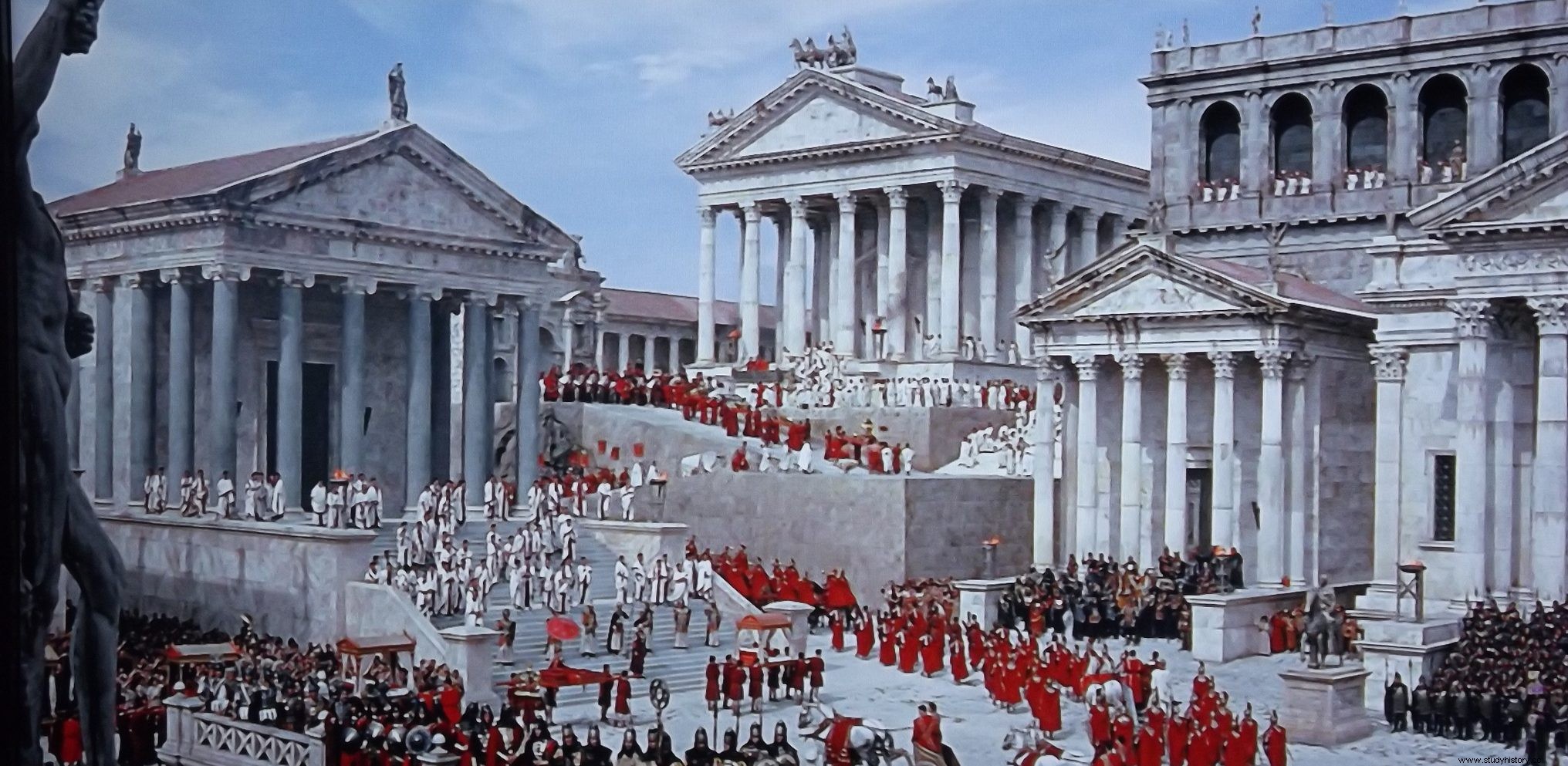
King of Macedonia
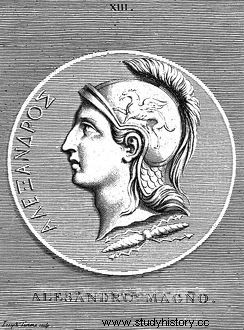
The expansion of Alexander the Great's Macedonian Empire to Central Asia was the next major step in the growth of the Silk Road. He founded Alexandria Eschate, or "Alexandria the Longest," at the mouth of the Fergana Valley in 329 BCE.
For the next three centuries, the Greeks remained in Central Asia. They continued to move eastward, especially during Euthydemus' reign (230–200 BCE), when he extended his reign beyond Alexandria Eschate to Sogdiana. He may have traveled as far as Kashgar, on the west side of the Taklamakan Desert, resulting in the earliest known connections between China and the West around 200 BCE.
At the Battle of Corinth (146 BC), however, the Greek peninsula surrendered to the Roman Republic, and Macedonia became a Roman province.
Roman Empire
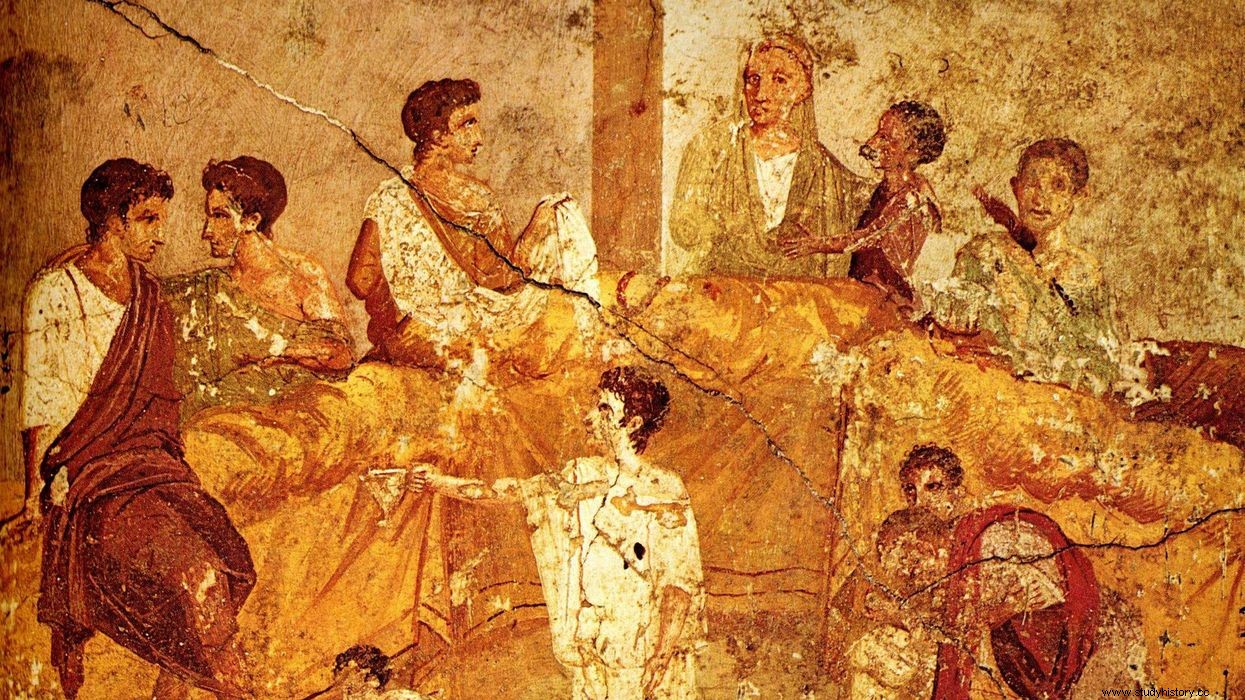
Northern Mesopotamia (present-day Iran) became China's closest trading partner, resulting in significant cultural interactions. The Chinese invented paper during the Han dynasty, and gunpowder, which had far more cultural impact than silk. More than fashion that originated from the silk industry, the rich spices of the East played a role.
Even then, at the time of Augustus (r. 27 BC - 14 AD), trade between China and the West had established itself. The most valued element in Egypt, Greece and Rome was silk.
It had thus traveled to Egypt and Rome in the first century BC. Silk was associated with wealth and power through the beginning of the empire - Julius Caesar entered Rome. During this time, the Roman Empire grew. Rome also gained control of the western shores of the Mediterranean. Rome grew to rule the entire Mediterranean coast over the next few centuries.
Despite the fact that both Rome and Han China grew significantly, there was still a significant distance between them. Mountains, deserts and vast meadows abound in Central Asia. Traders were crucial in connecting the Roman and Han empires.
Roman merchants traded in shops on the east coast of the Mediterranean. Traders from many Asian nations traveled the silk routes to caravan cities and brought silk to these Roman depots. Life in Rome and other major cities developed as the Roman Republic became the Roman Empire in the first century. The empire's ever-increasing reign merged people and goods from the Mediterranean coast and further east.
Fall of the Roman Empire
The growth of Rome as an imperial force provided a large market for goods transported by camels overland. Spices, perfumes and silk, all of which were new and luxurious at the time, became the most valuable items.
In fact, the state treasury bled. Roman markets bought so much Chinese silk and other luxuries from distant parts of Asia. Rome's bullion supply was depleted by wealthy Roman ladies who bought so many expensive silk materials to beautify themselves.
The Western Roman Empire, along with the demand for skilled Asian goods, eventually fell apart in the 5th century.
Byzantine Empire
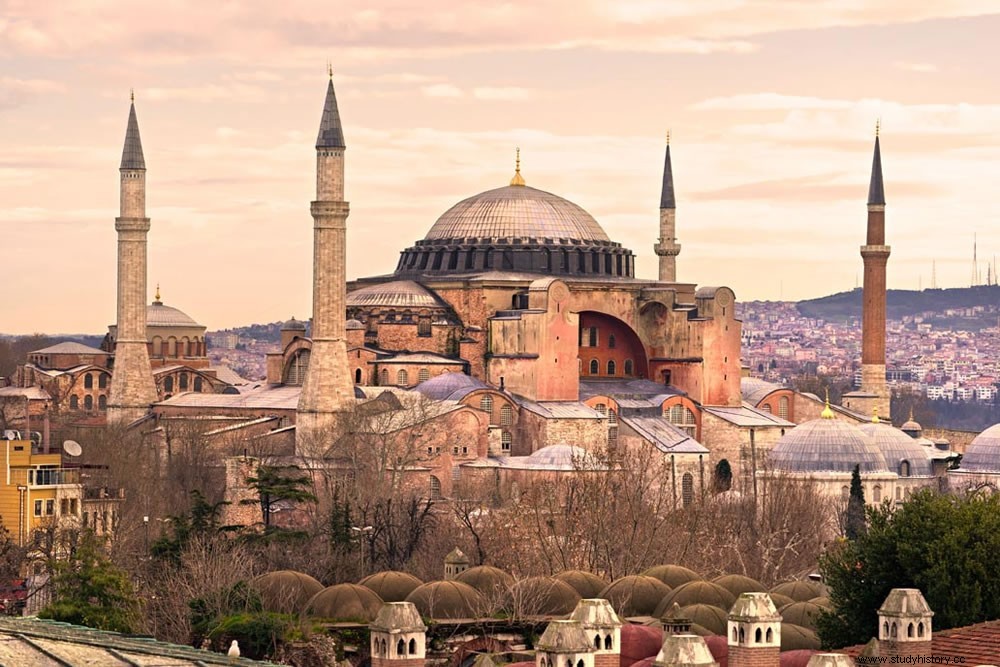
The eastern half of the surviving Roman Empire, the Byzantine Empire, continued the Roman occupation with silk. The Byzantine emperor Justinian (527-565 AD) sent two ambassadors disguised as monks to collect and smuggle silkworms back to the west to pay the expensive fees the Chinese wanted for silk. The strategy worked, and the Byzantine silk industry was born. The West realized that silk was not grown on trees in China, but that silkworms were spun.
The origins of silk have long been secret. When it was revealed, the Chinese carefully guarded the silkworms and the procedure for extracting silk. Although the Byzantines had already received silkworm eggs from China, the quality of Chinese silk was far superior. Emperor Justinian I used local silk for rituals and aristocratic attire throughout Europe.
The Persians also learned to make silk, and under Arab rule Damascus became a silk hub. When the Ottoman Empire conquered the Byzantine Empire in 1453 AD, it closed the ancient Silk Road routes.
Tang Empire
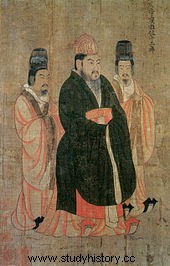
China's Tang Dynasty established a second Silk Road (618 to 907 AD) By this time, Central Asians had learned to cultivate silk. However, Chinese silk was still in demand due to its superior quality. The Tang rulers, like their Han ancestors, demanded horses for military purposes. In the 40's, Tang replaced silk for horses and replaced XNUMX bolts for each pony.
Cultural interaction based on silk reached its peak during the Tang Dynasty. Silk was not the only medium for cultural interaction. The Silk Road network carried medicine, religion, etc. Arabs visited India and China, while Chinese tourists visited Central Asia, India and Persia. These routes carried Buddhism from India to Tibet and China. Sufi scholars and armies brought Islam across the continent, from West Asia to China and India. Martial arts, calligraphy, and painting also traveled these paths.
Chang'an, the capital of Tang, became a global hub and attracted merchants from across the Silk Road from all over Asia.
Mongol Empire
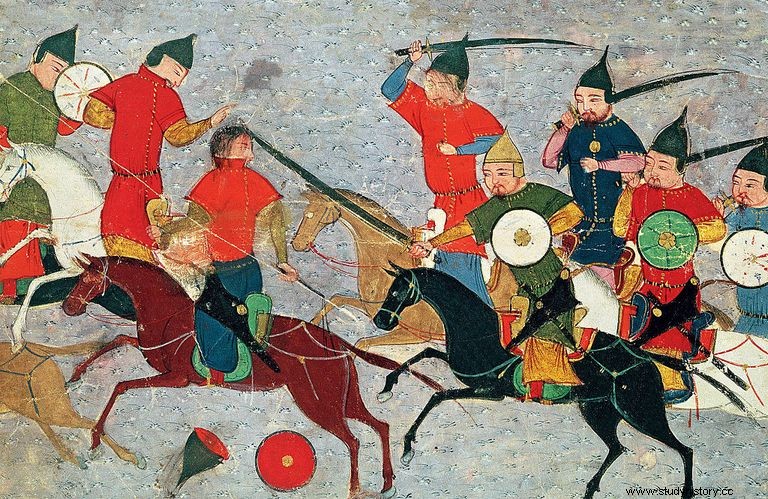
From about 1207 to 1360, the Mongol advance over Asia served to restore political stability and restore the Silk Road. Because the Mongols gained control of the trade routes, trade was able to flow freely over the region. However, the Mongols never gave up their nomadic lifestyle.
A third Silk Road flourished in the 13th and 14th centuries, with the Mongol descendants in control of Asia.
Explorers wanted a deeper understanding of the Far East's culture and geography. Marco Polo, a Venetian explorer, traveled from Italy to China along the Silk Road in 1275, during the Mongol Empire. In 1295, Marco Polo came to Venice along the Silk Road for the second time, just as the Mongol Empire was falling apart. His travels along the Silk Road inspired him to write "The Travels of Marco Polo".
the conclusion
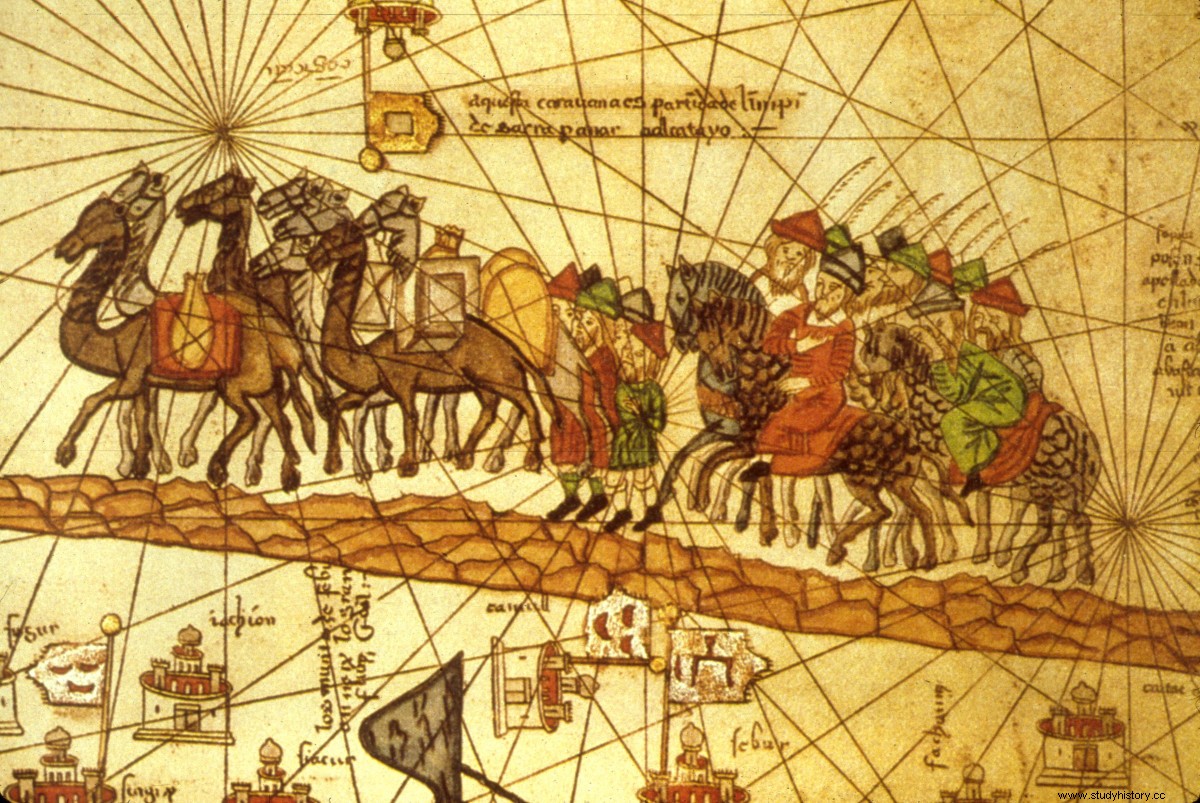
The fall of the Mongol Empire led to the weakening of the political, cultural and economic unity of the Silk Road. The Turkmen marchers captured areas of the pale Byzantine Empire around the western Silk Road. After the fall of the Mongol Empire, the great political powers of the Silk Road became economically and culturally isolated. The decline in nomadic authority followed the formation of regional states as a result of the devastation of the Black Death.
Armenians, located at a crossroads between Europe and Asia, played an important role in increasing exports. Armenia had a monopoly on virtually all trade routes in this region, as well as a massive network. From 1700 to 1765, the Armenians were solely responsible for the export of Persian silk.
The silk trade grew until the Safavid empire fell apart in the 1720s.
